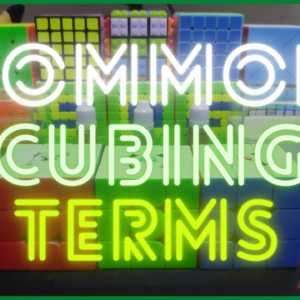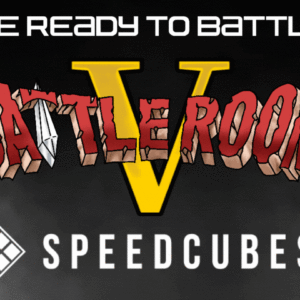WCA Regulations
In order to know whether your cube or puzzles are competition legal, the WCA website is the place to go. Unfortunately, the regulations page of the site is not short. If you have time a lot of time, then go and read all the WCA regulations. But if you’re not much of a reader like me, here’s a summary of the regulations to know whether your favorite 3x3x3 Rubik’s cube is competition legal or not.

Puzzles must be fully operational
An easy way to check on whether your 3x3x3 cube is fully operational or not is by doing the checkerboard pattern. If your cube can achieve that pattern, it means that all the sides can move like how a normal 3x3x3 should move. If you are still not sure, you may ask the delegate to check your cube before submitting it to the scrambling area.

Puzzles must not have electronic components
You probably already know that headphones and other electronics are not allowed during a solve. Puzzles are no different. So, if your cube has Bluetooth or Wi-Fi capabilities, motors, sensors, or lights; you might want to get another cube that is a little more low-tech.

All colored parts of a puzzle must be made of a similar material.
Well, this is self-explanatory. If you still don’t get it, basically if one side of your cube is stickered and another side is not, or if one side is tiled and the other one is made of legos; your cube is not competition legal.

Modifications that enhance the basic concept of a puzzle are not permitted.
Modified versions of puzzles are permitted only if the modification does not make any additional information available to the competitor (e.g. orientation or identity of pieces), compared to an unmodified version of the same puzzle. Any modifications to a puzzle that result in poor performance by a competitor are not grounds for additional attempts.

Puzzles whose colored plastic is visible inside the puzzle are permitted.
Basically, if the internals of the puzzle are visible, it is permitted but it’s a different story for puzzles with transparent parts. If the puzzle, because of its transparent parts, reveal more information about the state of the puzzle, it is NOT competition legal.

Puzzles must have at most one colored part with a logo.
In addition to this, the logo of the puzzle must be on a colored part and for 3x3x3 cubes, it must be placed on a center piece. The logo may be embossed, engraved, or consist of an overlay sticker. Note: For blindfolded events, a puzzle must not have a logo.
 Visit SpeedCubeShop Now!!!
Visit SpeedCubeShop Now!!!
Visit SpeedCubeShop Now!!!
Visit SpeedCubeShop Now!!!
Visit SpeedCubeShop Now!!!
Visit SpeedCubeShop Now!!!















